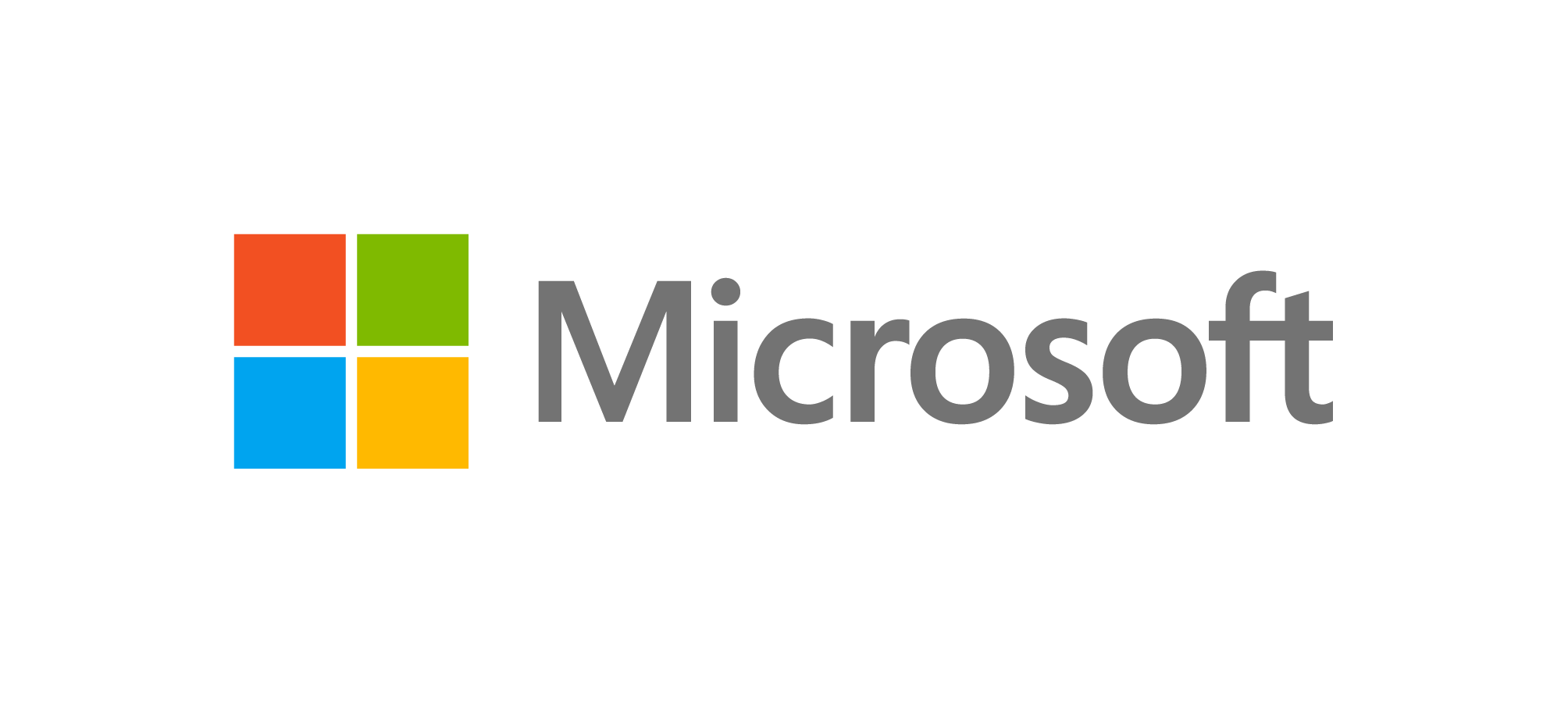Homogeneous coordinate systems, which are fundamental to modern computer graphics systems, were first introduced in 1827 by a German mathematician called August Ferdinand Möbius. Möbius is perhaps better known for coming up with the Möbius strip, which is a piece of paper with only one side!
Matrix operations are used for many things other than computer graphics, including computer vision, engineering simulations, and solving complex equations. Although GPUs were developed for computer graphics, they are often used as processors in their own right because they are so fast at such calculations.
The idea of homogeneous coordinates was developed 100 years before the first working computer existed, and it's almost 200 years later that Möbius's work is being used on millions of computers to render fast graphics. An animation of a Möbius strip therefore uses two of his ideas, bringing things full circle, so to speak.



